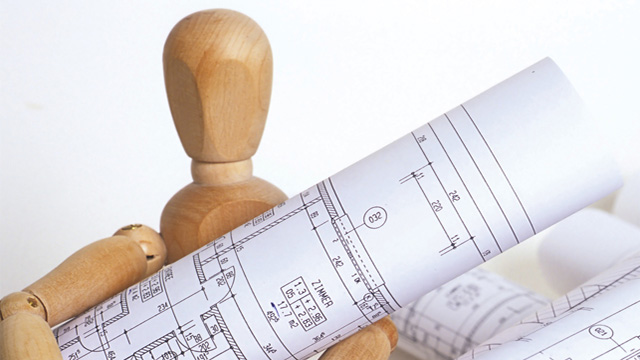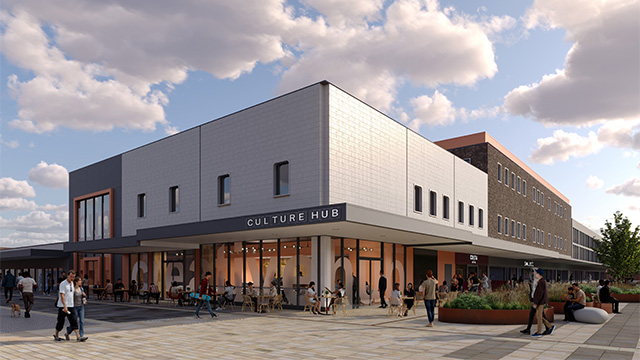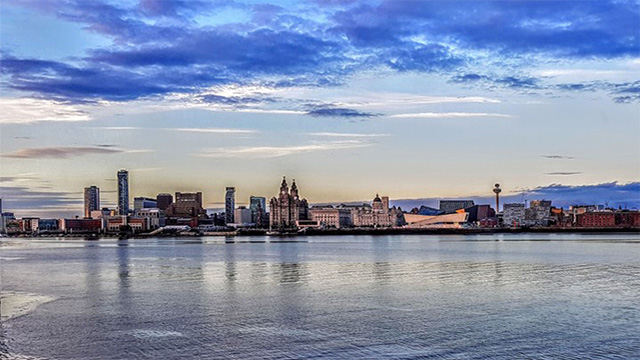COMMENT Over the past year, it certainly feels like we have seen an increase in “head of workplace experience” roles. Not only are they on the rise, but the mandates of such roles have also evolved, for two key reasons.
First, they are no longer simply limited to the physical workplace or to the employees of the company. They now act as custodian of an improved experience in a hybrid environment.
Second, heads of workplace experience are increasingly being tasked with creating an environment where space and services create an attractive hub for the wider community, as well as for employees.
The rise of Office 2.0
Six months ago, our team sat opposite a senior business leader at a well-known organisation as they described their company’s vision for a redefined regional office hub that would enhance the experience of their employees in that location.
The aim would be for the hub to act as a gathering point for all employees, and it would resemble a private club that employees could work in, as opposed to a traditional office. Furthermore, these spaces would also support the wellbeing and continuous educational needs of employees while serving a wider purpose, supporting the local community.
This vision to create dedicated spaces that are open for all is not an anomaly. Many organisations are looking at the role the office plays in supporting both employees and the wider community. This is something evidenced in a recent CBRE survey, which found that 70% of occupiers are rethinking the experience they provide to their employees.
As companies rethink how they provide experience, with dedicated roles asked to be creative in the solution, they are creating a new office identity that is having a knock-on impact on cities – by positively influencing the non-working lives of their employees and transforming the office into a base that brings broader good to the community.
What this now means in practice is the rise of Office 2.0, in which the experience for both internal and external stakeholders forms a key part of an organisation’s employee and social value proposition.
Addressing the human need
The positive human and social impact of improved employee experience is needed in today’s environment. Between 2019 and 2022, the number of potential employees aged 25-35 in the UK who were off work due to long-term sickness increased by 42%. This rate is rising, with depression and/or anxiety being the number-one cause, according to the Office for National Statistics.
People need more mental wellbeing support, and this is being recognised. In 2018, the government published A connected society: A strategy for tackling loneliness – laying the foundations for change, to tackle loneliness as a growing epidemic, and since then has issued annual reports on the progress that has been made.
With far-reaching consequences, people need more support in forming and enabling communities. As we look into the root cause of these social challenges, cities play a big role. With regard to loneliness, often filled with smaller apartments and solo-living facilities, cities can contribute to loneliness as they reduce the ability for people to invite friends over and form deeper social connections.
Those cities with spread-out residences, which require driving or public transport to connect with other people, can also create loneliness as there are a reduced number of natural “collision points” for social connections to be formed.
With Office 2.0 appearing in cities across the UK, communities can work with landlords, local authorities and developers to reach tangible outcomes that drive social change.
Indeed, CBRE has an example of this in action. On a recent Sunday, a group of CBRE volunteers (with the support of a number of our suppliers) hosted a tea party at our Henrietta House headquarters for a group of isolated, elderly guests in collaboration with the charity Re-engage.
Hosting this type of event in our HQ reinforces our commitment to social value and has a direct impact on loneliness, an action that was identified as a priority in CBRE’s social value snapshot tool, used to help businesses identify specific needs in the local community.
Driving social change
For many companies, the actions of corporate real estate have been intentional in creating the knock-on impacts driving social change, but for others it has been accidental.
What may have started as a drive to improve on-site employee experience to increase attendance levels has expanded to redefining what the office means to an organisation. In a growing number of cases, companies are having positive impacts on families and communities in a bid to improve their experience.
There is evidently a strong link between the environmental, social, physical and mental challenges in cities. Those who have influence or decision-making capabilities with regard to the office can begin to create elements of Office 2.0 to address these challenges.
This can be done in many ways, from providing company buses to support those battling with inadequate rural-to-city centre transport links to hosting hub events that combat the isolation people may feel, or offering open spaces such as libraries that employees can bring their network to outside working hours.
A combination of these small provisions demonstrates how companies can help change the social landscape of cities today.
Georgina Fraser is head of human capital consulting at CBRE











